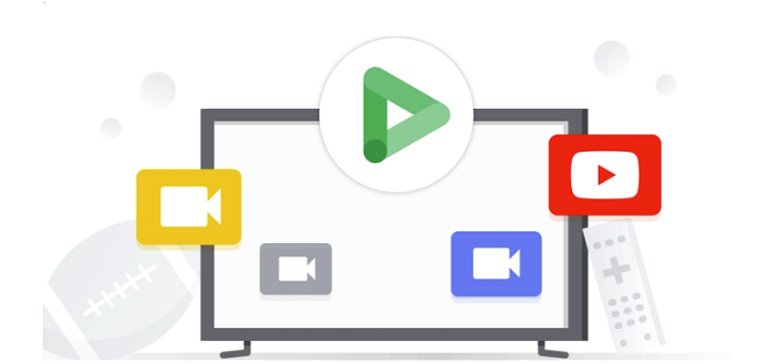SOCIAL
Google Adds New Exposure Frequency Controls for CTV Campaigns

As more and more people consume more digital video content on their home TV sets, YouTube, with parent company Google, has been working to incorporate more advertising options to enable traditional TV-like ad campaigns, with advanced online audience targeting, tapping into this rising segment.
Indeed, YouTube has repeatedly noted that Connected TV viewing is its fastest-growing viewer segment, and with that comes more opportunity for more brands to utilize TV advertising at much lower budgets than traditional campaigns.
And today, Google has added another valuable wrinkle to this, with the capacity for Google advertisers to manage the frequency of exposure to their CTV campaigns per viewer, enabling broader exposure for lower cost, while also avoiding over-saturation, and potential annoyance, with their ads.
As explained by Google:
“Let’s say you set a frequency goal of five ads per week for your CTV campaign. Instead of showing up to five CTV ads on YouTube and five ads on other CTV apps, Display & Video 360 will now aim to show your ad no more than five times total. Viewers won’t see your ad more than they should as they navigate across YouTube, Hulu or any of their other favorite CTV apps. This more user-centric approach lowers your risk of triggering ad fatigue.”
And as noted, that also enables more distributed ad spend, increasing campaign reach – which, in general, is the key aim of traditional TV ad campaigns, improving brand awareness with the widest possible audience in order to boost your overall marketing effort.
Though, as noted, digital ad tools enable more specific targeting, so your thought process around TV-like advertising may also need to change. But if increased brand awareness is your goal, then this new option could help to boost general exposure, and get more people aware of your business for the same outlay.
Google will use YouTube data, and the IAB standard Identifier for Advertising, to determine ad exposure, and limit showing your ad to the same viewers.
“To identify overlaps of people who watch both YouTube CTV and shows on other CTV apps, we use Google’s Unique Reach model. This method – which uses a combination of data sources like census data, panels and surveys – is based on over a decade of understanding deduplication across devices and environments, and is designed to work in a post-cookie world. Once we’ve modeled that duplication of viewers across YouTube and other CTV apps, we can determine the appropriate budget placement to control average ad frequency.”
It could be a valuable option – and as noted, with more than 120 million people now consuming YouTube content on their home TV sets, the opportunity here is significant.
Advanced targeting, along with frequency controls, could open up TV ads to a whole cohort of new brands, and that could facilitate new opportunities for exposure and branding.
You can read more about Google’s new CTV frequency management solutions here.
Source link



















You must be logged in to post a comment Login